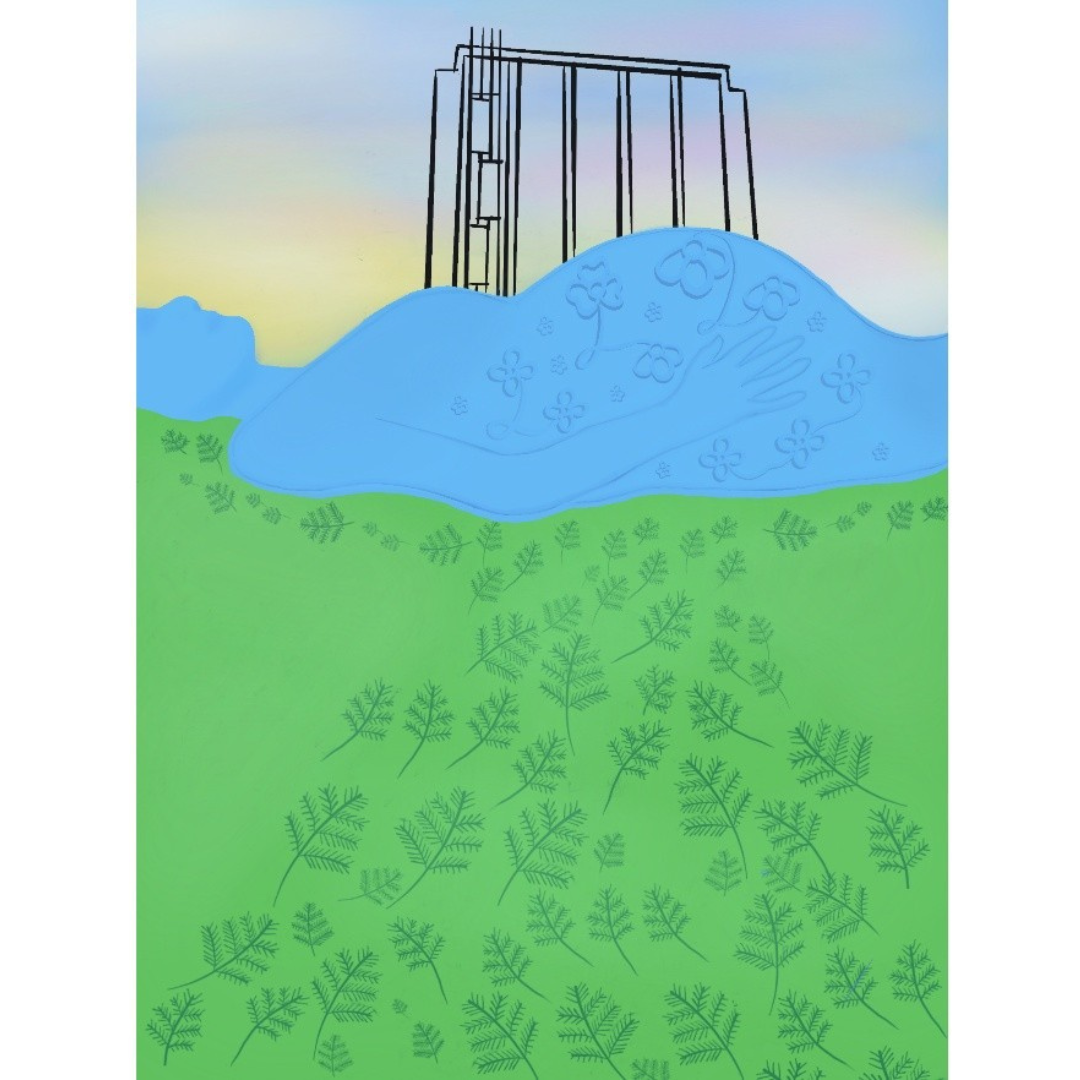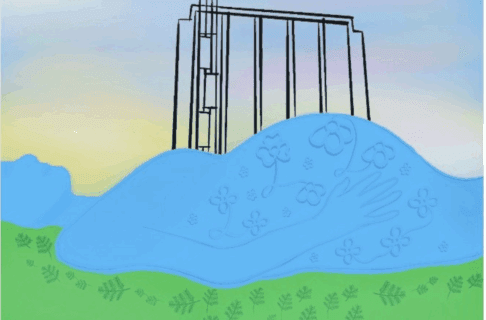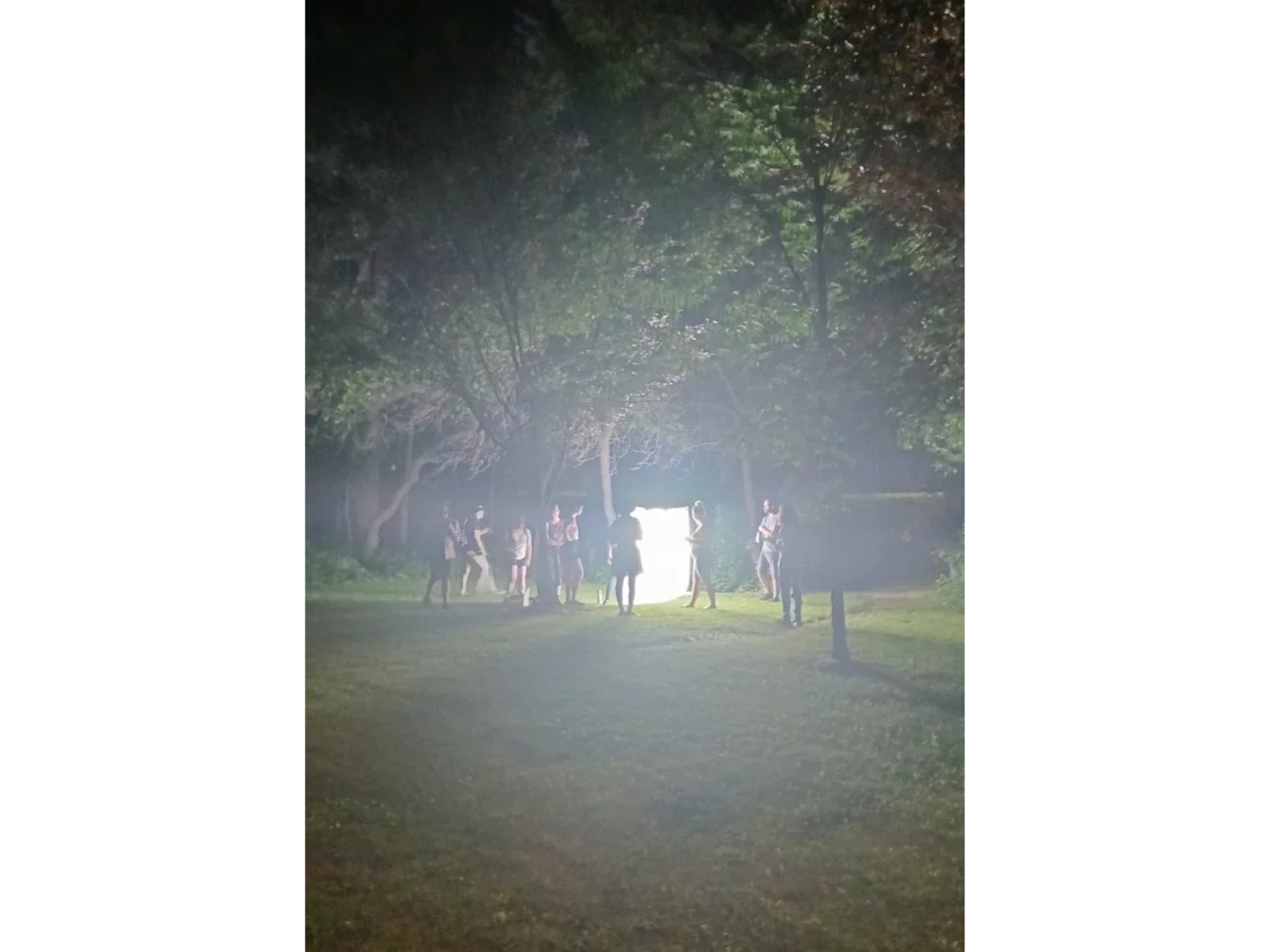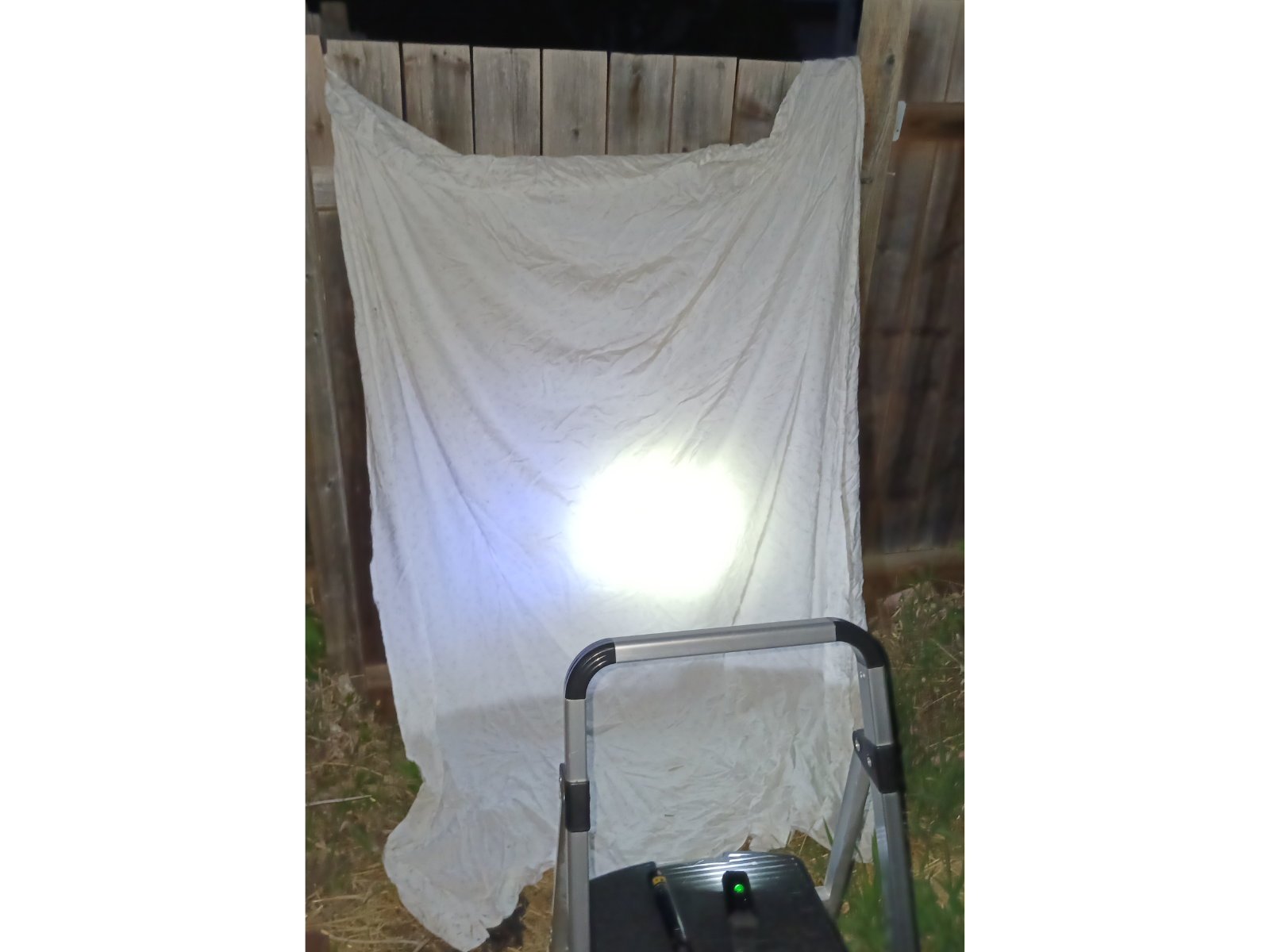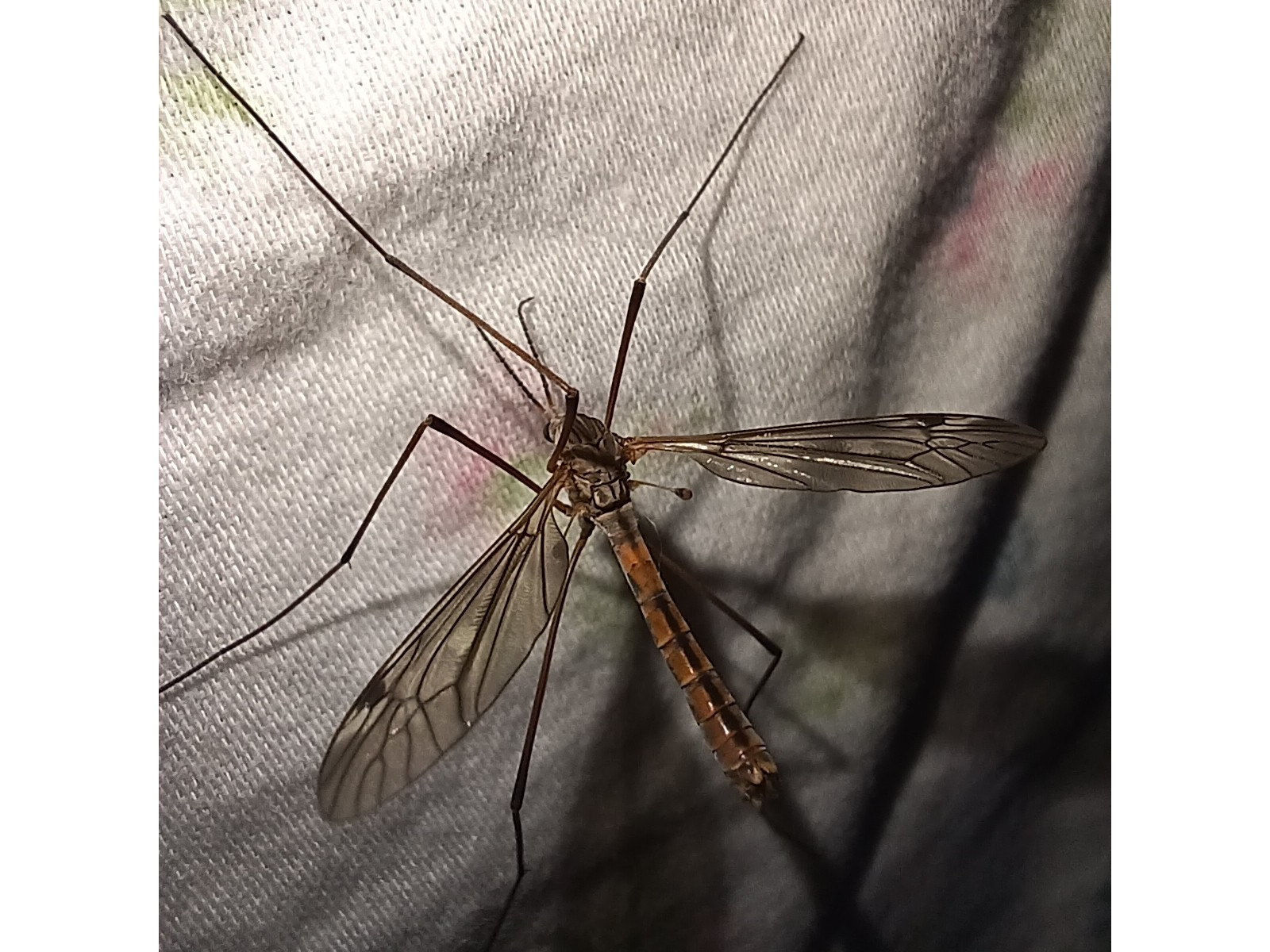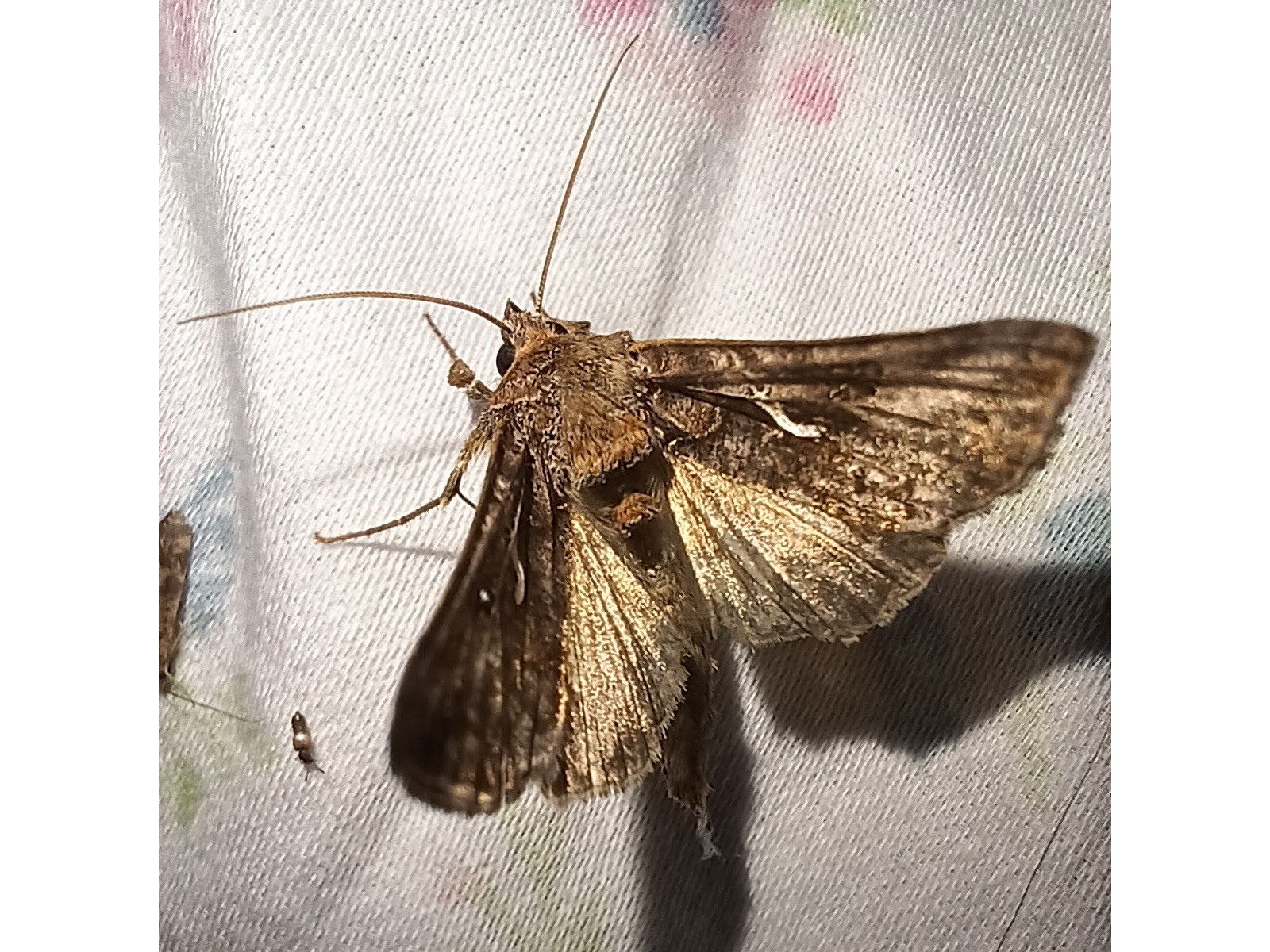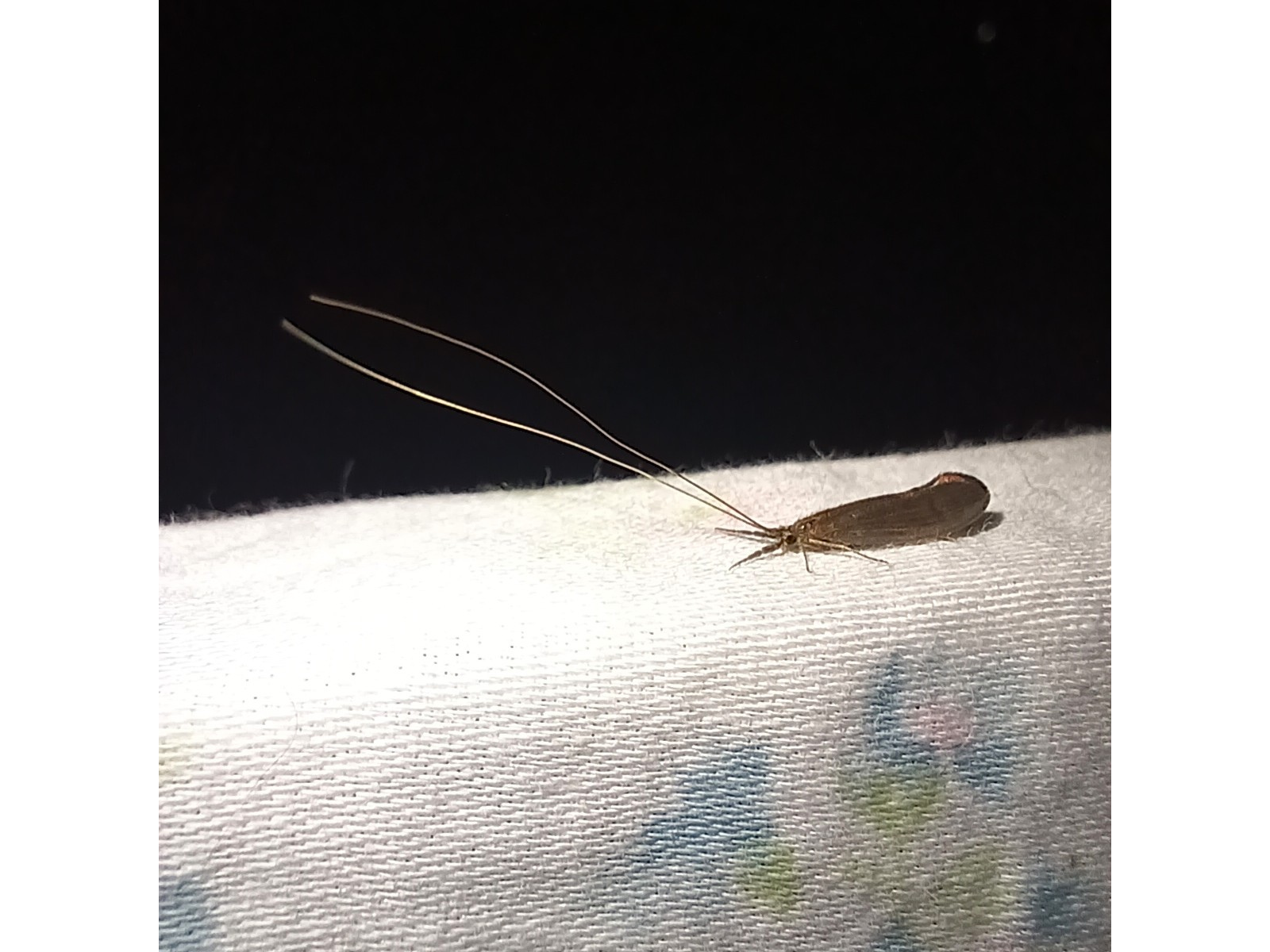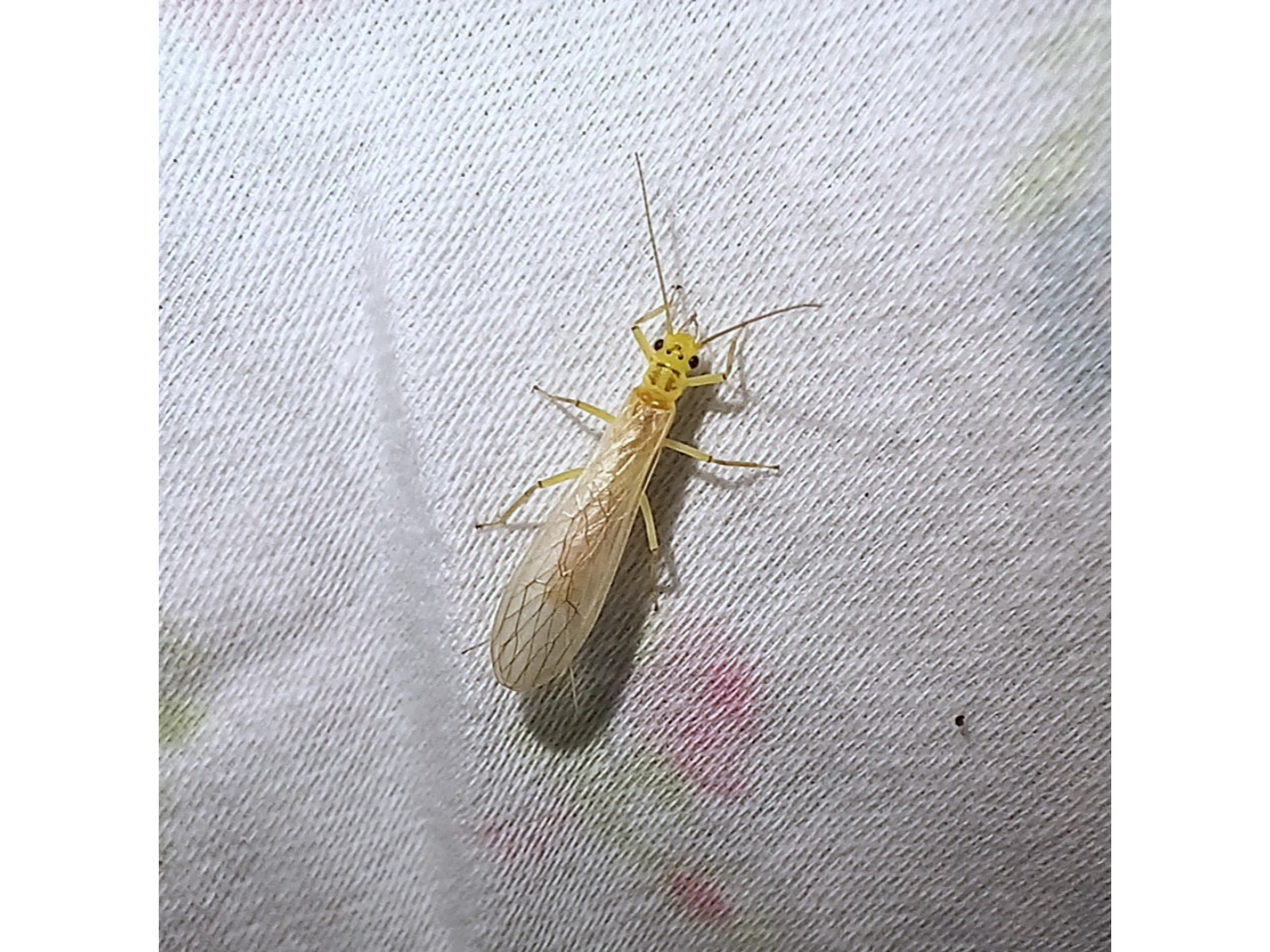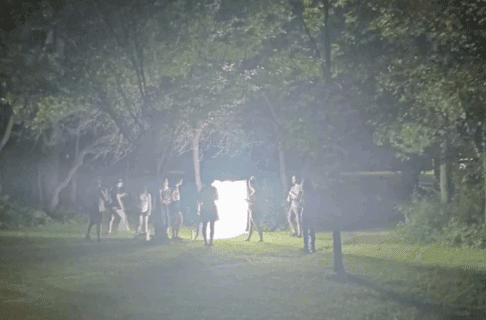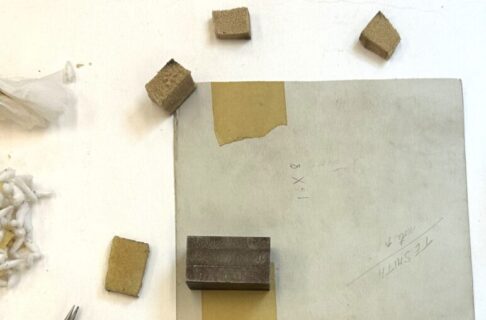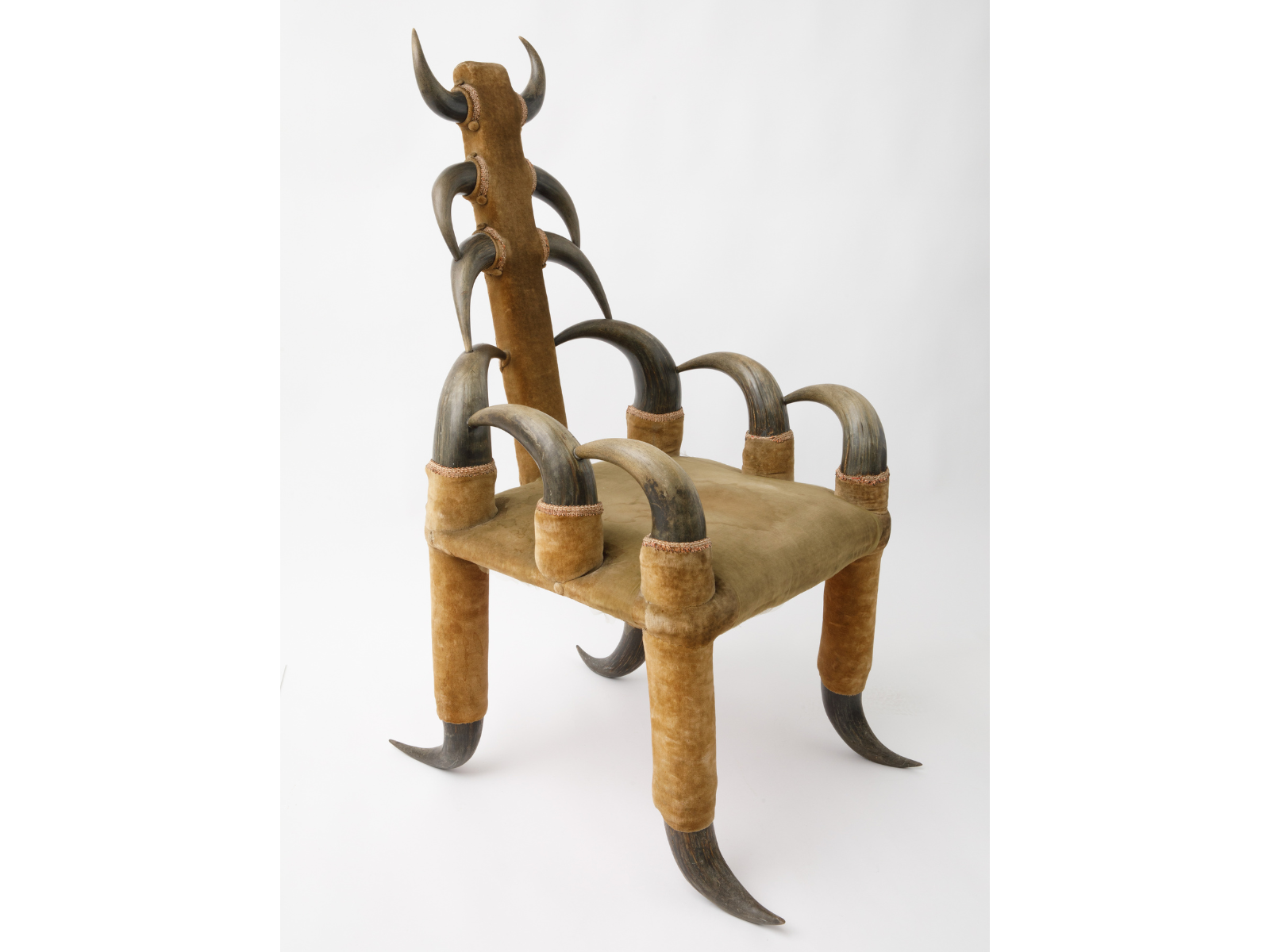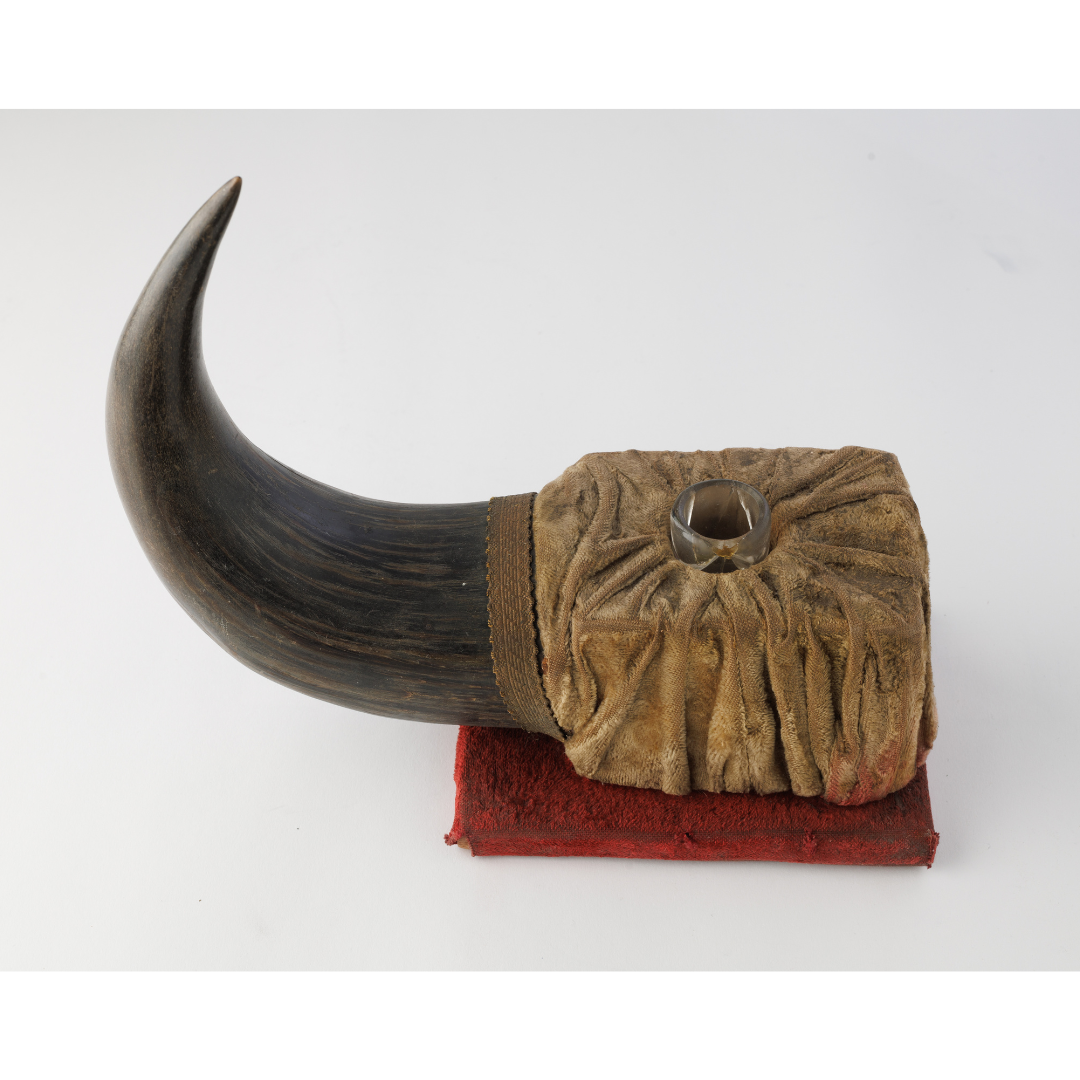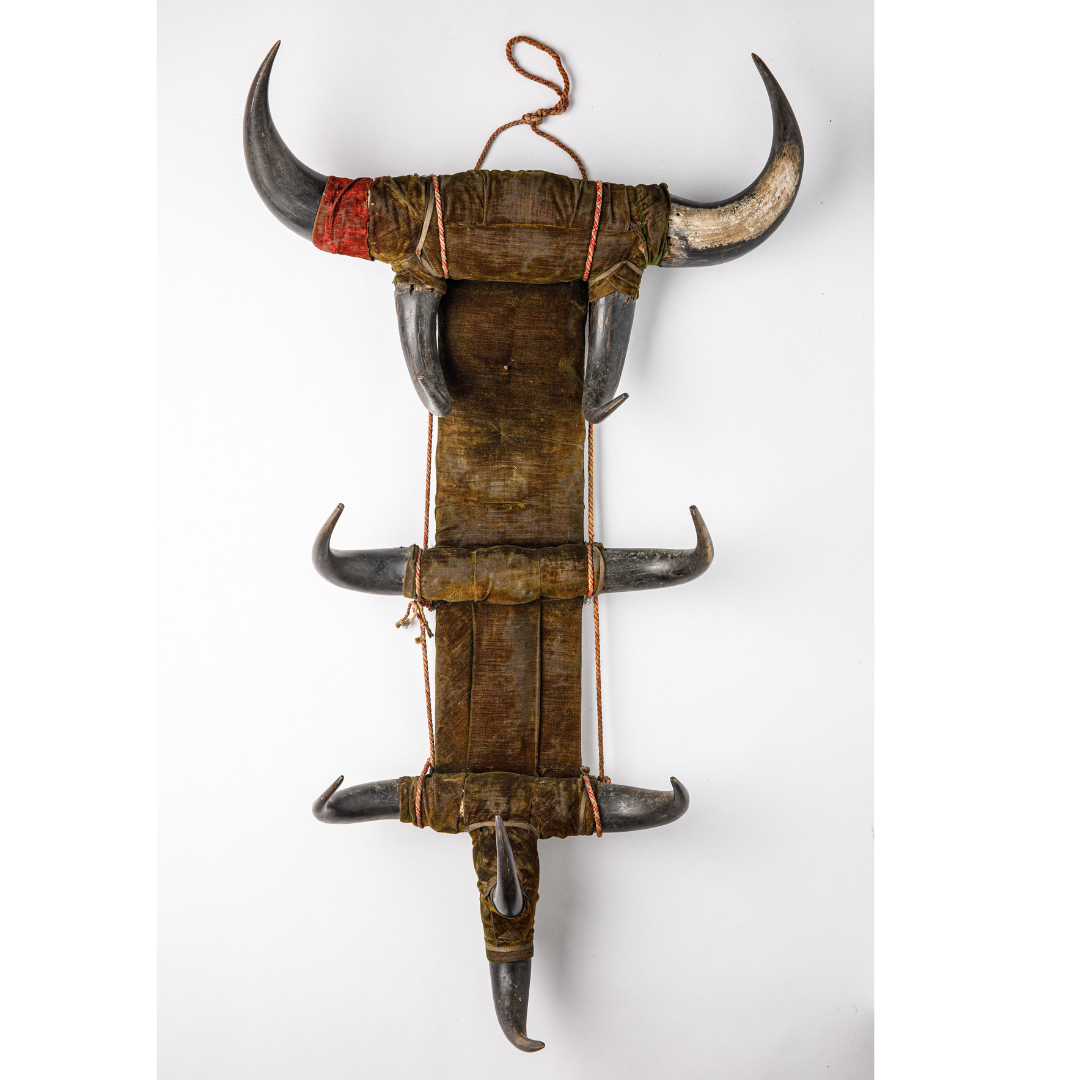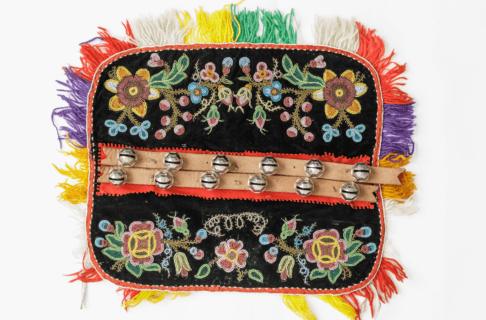The International Astronomical Union has officially named an asteroid “Wilfredbuck”, in honour of Ininiwak (Cree) astronomer and science communicator Wilfred Buck of Opaskwayak Cree Nation. Buck is known across Canada and internationally as “The Star Guy” as he travels, sharing the star lore of the Ininiwak with students and community members.
The official citation, published June 30, 2025, reads: “Wilfred Buck (b. 1954) is a Canadian knowledge keeper of Cree/Ininewuk star lore. His Cree name, Pawami Nikititicikiw, means “dream keeper.” A member of the Opaskwayak Cree Nation, he has taught Cree astronomy all over the world, and is the author of Tipiskawi Kisik and I Have Lived Four Lives.”
Buck stars in the planetarium show, “Wilfred Buck’s Star Stories”, currently showing daily in the Manitoba Museum’s Planetarium throughout the summer.
Asteroid (611326) Wilfredbuck was discovered in 2006 by Canadian astronomer David Balam using a telescope in Hawaii. The asteroid is a piece of rock about a kilometer in diameter. It orbits the sun in the main asteroid belt, a region of space between Mars and Jupiter that holds millions of asteroids.










